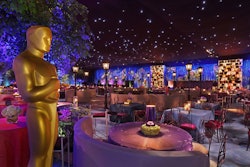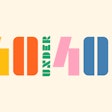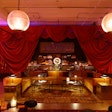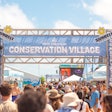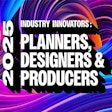Stepping into a massive trade show can feel a bit overwhelming as thousands of exhibitors spread across miles of aisles vie for the attention of buyers. We asked some of the largest shows to share their strategies for helping attendees navigate the maze and find the products they need.
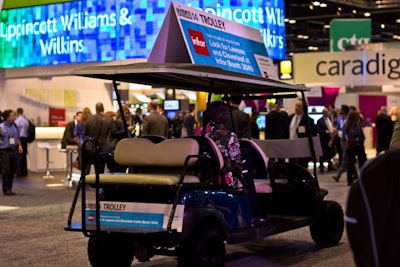
The Healthcare Information and Management Systems Society provides trolley service—in the form of an extra-long golf cart—to transport attendees from one end to another down the main aisle of its show floor. For this year’s event at the Orange County Convention Center in February, organizers estimated the one-way distance was nearly a mile, with six trolley stops along the way. In addition to providing a service for attendees, the concept also was a sponsorship opportunity: organizers sold signage space on both the trollies and at the stops. The 2014 conference was the association’s largest to date with nearly 39,000 attendees.
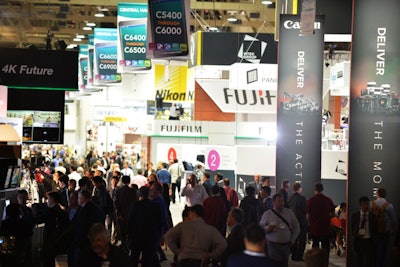
The National Association of Broadcasters is offering something new to the nearly 100,000 attendees expected to attend the show in early April at the Las Vegas Convention Center. Six free, self-guided audio tours will be available through the event’s mobile app. One tour is a general guide to the show floor and its more than 1,550 exhibitors while the rest are categorized by topic such as online video, television, and radio. For a $25 fee, attendees can participate in a 30-minute preshow briefing offered each morning. Organizers are also offering two guided tours, one targeted to C-level decision makers and the other for content, advertising, and brand executives. StoryTech developed the content for the audio and in-person tours.
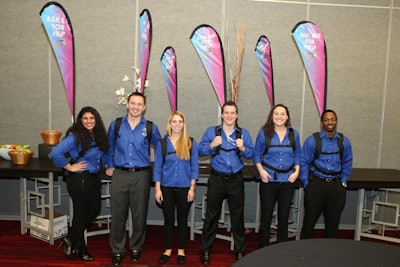
A roving team of helpers known as MyCES assisted the more than 150,000 attendees and exhibitors at the International C.E.S. at the Las Vegas Convention Center in January. Team members, identified by the tall, colorful flags on their backs, carried Sony tablets with custom software created by Map Your Show that included information about exhibitors, booth numbers, conference sessions, awards, events, and social media. All of the data was accessible offline so team members did not have to rely on an Internet connection as they fielded questions in the center’s main hall. Organizers said they received good feedback on the service and plan to expand it next year.
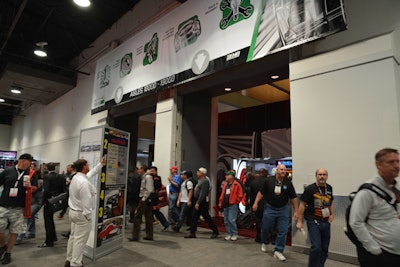
The SEMA Show—short for Specialty Equipment Market Association—positions its more than 2,300 exhibitors on the show floor based on 11 categories, such as tires or racing and performance, so buyers can easily find products that match their interests. New last year, the association worked with a graphic artist to create icons and other custom artwork for each section that was used in signage, collateral materials, advertising, apparel, and more. “We wanted each section to have its unique look and feel, and we wanted it to resonate with our attendees on a visual level. We got a lot of positive feedback that demonstrated to us that they got it,” said Peter MacGillivray, the association’s vice president of events and communications.
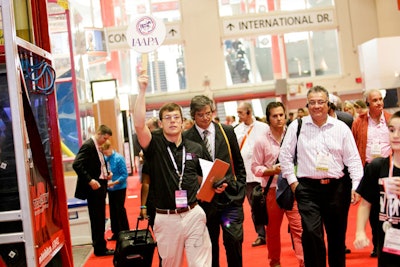
The International Association of Amusement Parks and Attractions Expo offered several guided, two-hour tours at its show last fall at the Orange County Convention Center, which was its largest in 10 years with nearly 1,100 exhibitors. One tour was targeted to first-time attendees while the rest were grouped by theme, for example for buyers looking for inflatable products or those focused on water parks. Buyers paid a fee—$20 for association members and $30 for non-members—to participate. The expo is the largest trade event in the world for the $24 billion attractions industry, attracting 27,000 attendees from more than 100 countries.






